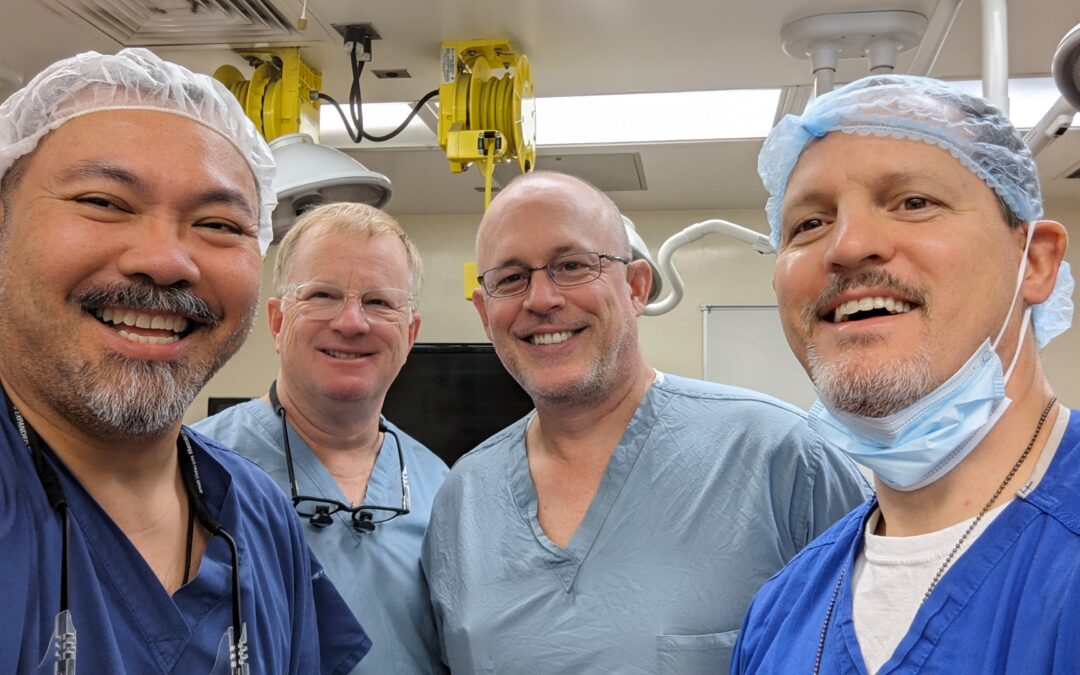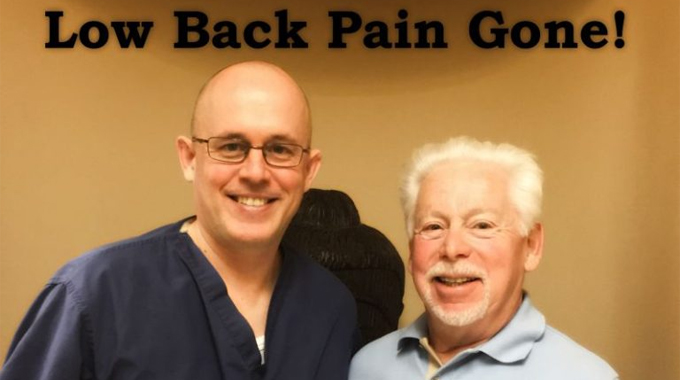Failed Back Surgery Syndrome (FBSS)
What is Failed Spine Surgery Syndrome?
Spine surgery is frequently discussed in hushed tones as a last option and something to be seriously considered only when the situation becomes desperate. The idea of undergoing spine surgery carries with it a certain dread amongst both physicians and patients alike that no other type of surgery really shares. There is often a sense with spine surgery that one is almost engaging in a game of chance.
The reason are several, most likely stemming from a mixture of reality and myth. Everyone knows someone who had spine surgery and was either no better or maybe even worse afterwards. More invasive procedures like a spinal fusion frequently guarantees the need for additional surgery down the road. Even after multiple back or neck surgeries, patients can still suffer from horrible debilitating pain.
What causes Failed Spine Surgery Syndrome?
Although usually lumped together under the generic heading, “back pain,” or “neck pain,” there are many different potential causes involved. The key with back surgery is to have a clear understanding of what the source of the pain is. When the problem is diagnosed correctly and the corresponding correct surgical procedure is performed, the outcome is almost always favorable. If the spine surgeon does not have a good grasp on the underlying cause of the pain he is attempting to treat, however, then the outcome can vary significantly.
One of the major reasons for “failed spine surgery” is the fact that spine surgeons often make decisions regarding treatment options with figurative blinders on. Currently spine surgeons make most treatment decisions based on what MRI imaging of the spine reveals. Good history and physical examination skills are relied on less and less as imaging studies get better and better. What is almost never taken into account is the role that peripheral nerve pathology may play in the symptoms of a given patient.
How to diagnose Failed Spine Surgery Syndrome
For spine surgeons, the peripheral nervous system is a “black box” of varying degrees. Although they may be “above average” in their knowledge of the peripheral nervous system compared to most doctors, they are still generally unfamiliar with detailed peripheral nerve anatomy. This lack of knowledge makes it difficult for them to tell the difference between the type of symptoms produced by nerve compression at the spine level (dermatomal distribution) and nerve compression involving peripheral nerves (anatomic distribution). This fact has resulted in a situation where the entire medical system has been more or less conditioned to assume that neck or back pain, with radiation of pain, numbness or weakness in the arms or legs has to always be due to some kind of problem at the spine level. Frequently, spine surgeons simply treat the pathology present on imaging studies, without taking the time to really correlate the findings on imaging studies with the character and distribution of symptoms in the patient, to see if the “perceived problem” at the spine level is even capable, in anatomic terms, of producing the kind of symptoms the patient is experiencing.
What are common reasons for Failed Spine Surgery Syndrome?
One of the common reasons for “failed spine surgery” then is failure to carefully differentiate between a true spine problem and a problem stemming from pathology involving peripheral nerves. Operating on the back or neck in this situation will always result in a poor outcome. Identifying persistent peripheral nerve problems and treating them correctly can often resolve symptoms that linger after failed back surgery.
A second potential reason for persistent pain after spine surgery involves small peripheral nerve branches that may not have been a problem before surgery, but have been injured or become compressed as a complication of the initial procedure. Between each vertebrae a nerve exits the bony spine laterally. These nerves and their associated branches innervate most of the soft tissue and skin of the neck, chest and abdomen. The first branch that each one of these nerves gives off is called the “dorsal rami.” One common cause of low back pain can be injury or compression of the superior cluneal nerves. The superior cluneal nerves are the dorsal rami of the first three lumbar nerves, L1, L2, and L3. These nerve branches pass through a touch material called the lumbosacral fascia where it inserts on the posterior iliac crest. Injury or compression of these nerves can produce severe “low back pain” that will be located off to one side (lateral) rather than directly over the spine. Failure to recognize these nerves as the true source of low back pain invariably results in failed back surgery. In addition, due to their specific location, surgery to address other spine pathology can often result in injury or compression of these nerves.
Persistent, lateral, low back pain may actually be due to a peripheral nerve injury that can be fixed.
Surgical Innovation to Eliminate Chronic Pain
In this video, we learn about life-changing surgery for chronic pain as we go inside the operating room with Dr. Tim Tollestrup, a pain-focused,...

International Surgical Society for Nerve-Induced Pain
What a great weekend in Baltimore for a historic gathering of the Big Four Pain-Focused Peripheral Nerve Surgeons. From left to right: Dr. Demetrio...
Pioneer in Pain-focused Peripheral Nerve Surgery
Dr. Tollestrup explains being a pioneer in Pain-focused Peripheral Nerve Surgery. He is one of a few pain-focused peripheral nerve surgeons...
Failed Spine Surgery Success Stories

Two successful, innovative surgeries by Dr. Tollestrup have given Barry complete relief.
